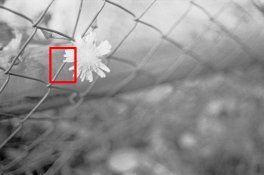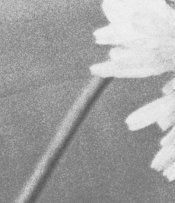sterioma
Member
I have just completed developing two rolls of Tri-X (35mm) + Rodinal. In both cases the E.I. has been 400. First time the dilution has been 1:50 (14 min), second time 1:25 (7min).
I was expecting to see some less grain in the second roll (since developing time has been decreased), but I virtually couldn't see any difference. On the other hand, I can see a great variance in graininess amongst different pictures from the same roll, but I couldn't quite figure out what to attribute the difference to.
I should add that I have assessed the grain by evaluating scans from the neg (at 3200 DPI) and trying to use the 50mm as a loupe to read the negative itself. Will bring the negatives to the lab soon to have some sample prints.
So, given a film/developer combo, which are the factors that affect the graininess of the negative?
Exposure?
Developing time?
Agitation?
...
others?
P.S. I've read that a sudden change in temperature between developer/stop-bath/fixer/wash can cause the grain to cluster, but I would exclude that since I carefully tested my temperatures throughout the process.
I was expecting to see some less grain in the second roll (since developing time has been decreased), but I virtually couldn't see any difference. On the other hand, I can see a great variance in graininess amongst different pictures from the same roll, but I couldn't quite figure out what to attribute the difference to.
I should add that I have assessed the grain by evaluating scans from the neg (at 3200 DPI) and trying to use the 50mm as a loupe to read the negative itself. Will bring the negatives to the lab soon to have some sample prints.
So, given a film/developer combo, which are the factors that affect the graininess of the negative?
Exposure?
Developing time?
Agitation?
...
others?
P.S. I've read that a sudden change in temperature between developer/stop-bath/fixer/wash can cause the grain to cluster, but I would exclude that since I carefully tested my temperatures throughout the process.












 I'd suggest you shoot a whole roll of one picture with no other variations. Cut a few frames off at a time (in darkness of course) and try souping each length in different dilutions. That way you will be able to compare the results without any other distractions.
I'd suggest you shoot a whole roll of one picture with no other variations. Cut a few frames off at a time (in darkness of course) and try souping each length in different dilutions. That way you will be able to compare the results without any other distractions.
